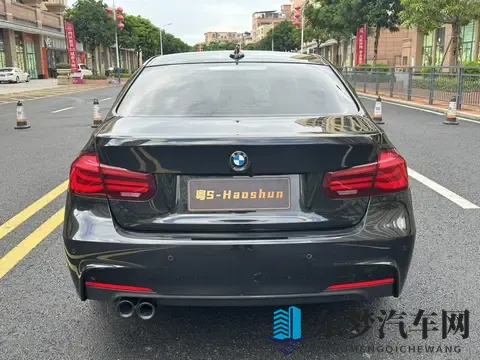When English teacher Jane Smith asked her student, Alex, to copy a paragraph from a book, she had no idea it would lead to a revolutionary change in the automotive industry. The simple act of copying, however, sparked a series of events that eventually led to the creation of a new, groundbreaking technology.
Alex, a keen observer and tinkerer, noticed something peculiar about the paragraph he was copying. It was a description of a futuristic vehicle that seemed to defy the laws of physics. Intrigued, Alex decided to delve deeper into the topic, eventually leading him to a research paper on magnetic levitation (maglev) technology.

One day, while Alex was revisiting the research paper, he had a eureka moment. He realized that the principles of maglev technology could be applied to create a new type of electric car that would not only be faster but also more efficient and environmentally friendly. The idea was born, and Alex began working on a prototype.

Alex's English teacher, Jane, noticed his enthusiasm and offered to help. Together, they formed a team that included other students and teachers who shared their passion for innovation. They worked tirelessly, experimenting with different materials and designs, and eventually created a functional prototype of the electric car.
The prototype caught the attention of a local auto manufacturer, who was impressed by the students' work. The company offered to support the team's research and development efforts, leading to the creation of a full-scale version of the electric car. The car, named "Levitate," was unveiled to the public and received widespread acclaim for its innovative design and performance.
The success of the Levitate electric car has sparked a new wave of innovation in the automotive industry. Companies around the world are now researching and developing their own versions of maglev-powered vehicles, hoping to capture a share of the growing electric car market. The journey of Alex and his team, which began with a simple request to copy a paragraph, has shown that even the most unlikely sources can lead to groundbreaking advancements.